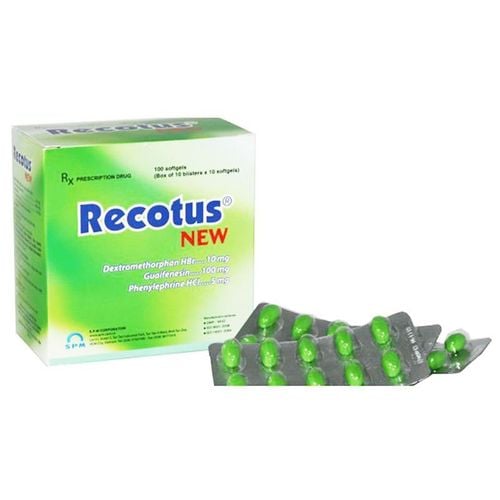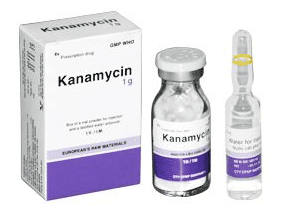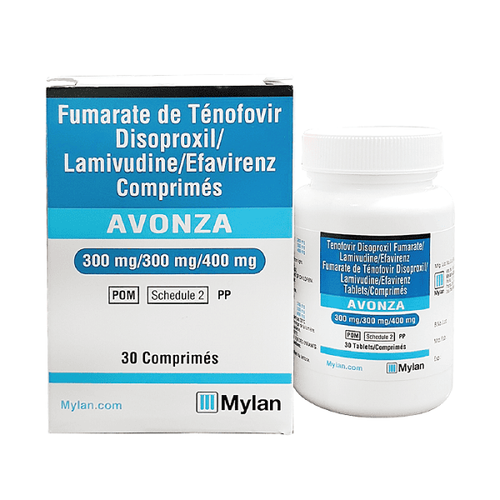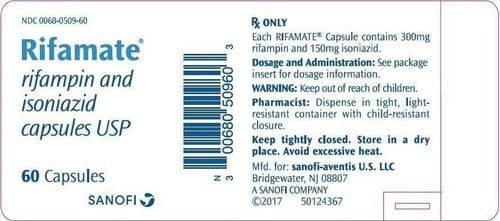This is an automatically translated article.
The interferon gamma test (IGRAs) - TB blood test is a modern medical test that helps doctors diagnose tuberculosis (Mycobacterium tuberculosis) infection even at the latent stage of TB disease. limit the extent of lung damage for the patient.1. Tuberculosis and health risks
Tuberculosis is caused by the bacteria Mycobacterium tuberculosis. This is a dangerous infectious disease, capable of being transmitted from person to person through secretions containing many bacteria of an infected person. If you breathe in the air containing TB bacteria, a healthy person is at risk of contracting TB bacteria, forming latent TB disease, from which there is a high probability of developing TB disease.When TB bacteria successfully enter the body, they not only attack the lungs, but also have the ability to spread through the blood or lymph nodes, move to many different organs and cause disease. in that part such as brain, kidney, spine.
Tuberculosis usually progresses through 2 stages: latent TB disease and active TB disease.
A person has latent tuberculosis when the bacteria Mycobacterium tuberculosis enters the body through the respiratory tract to the lungs but is prevented by the immune system. The immune system's function is to prevent the bacteria that cause TB from multiplying and developing into tuberculosis.
At this time, TB bacteria are only in a latent state and there is no risk of spreading. The patient also did not find any abnormality. So they don't realize they have TB until they develop the disease or take a typical TB test called IGRAs to check.
Active TB is when the body's immune system can't stop the bacteria that cause TB from multiplying and developing disease. The onset of tuberculosis has unusual symptoms such as: cough lasting more than 3 weeks, bloody saliva, fever, night sweats, fatigue, chest pain, shortness of breath, feeling short of breath, and shortness of breath. unexplained weight.
Pulmonary tuberculosis, if not detected early, will make it very difficult to treat, causing conditions such as pleural effusion, pneumothorax, hemoptysis... lead to death, or when cured, it will also leave severe sequelae such as respiratory failure, bronchiectasis... affecting the patient's life.

Lao một căn bệnh truyền nhiễm nguy hiểm
2. What TB testing methods are there?
Currently, to detect TB bacteria in the patient's body, there are diagnostic and testing methods for pulmonary tuberculosis including:TB skin test: Aims to measure the immune response to TB bacteria by by injecting a small amount of Tuberculin under the patient's arm.
AFB sputum test: Look for TB bacteria in the patient's sputum sample under the microscope.
TB blood test – IGRA: Conduct a blood sample in the patient's vein to analyze for the presence of TB bacteria.
Diagnostic imaging tests: Using X-ray films to check and detect abnormalities in the lungs.
3. What are the advantages of the IGRAs test?
People vaccinated with BCG often have erroneous results in skin blood tests, but TB blood tests (IGRAs) are more accurate, eliminating false results if the immune system is immune. of the tester is impaired.When we have latent tuberculosis, the body does not have any symptoms because the bacteria that cause the disease are just in a dormant state waiting for the opportunity to multiply. So we have no way to detect the disease until the immune system becomes weak, creating an opportunity for bacteria to attack. IGRAs are a method capable of detecting TB at its latent stage.
The IGRAs test has an additional outstanding advantage of using a single-time blood sample, the time for quick results only takes about 24 hours. Results will not be falsely positive when TB is atypical.
4. Analysis of Interferon gamma test results (IGRAs)
The IGRAs test is done by taking a sample of the patient's venous blood. The blood sample will then be analyzed by measuring the immune system's response to TB bacteria.There are two types of IGRA tests:
QuantiFERON®–TB Gold In-Tube test (QFT-GIT for short). T-SPOT®.TB test (abbreviated as T-Spot). Negative result: Means no TB bacteria were found in the sample. With this result, we are completely assured that we do not have latent TB disease, even if the previous result through the TB skin test was positive, the result is just a mistake due to influencing factors. Candlestick.
Positive result: Means TB bacteria were found in the test sample. The doctor may order additional tests to check for latent or active TB.
For the most accurate results, the patient needs to perform some more tests such as: PCR sputum/fluid for TB bacteria, 3 sputum samples for AFB, culture for TB bacteria... Once identified. patients, patients need to see a doctor for timely treatment advice to avoid spreading the infection to the community.
However, a positive test result does not mean that we are sick, maybe the disease is only in the latent stage and has not yet started, so there are no symptoms and no dangerous complications.
According to some medical statistics, about one-third of people who test positive for IGRAs do not have TB, but only in latent TB bacteria in the body.

Xét nghiệm IGRAs có ý nghĩa rất lớn trong việc chẩn đoán và phát hiện bệnh lao
5. Significance of the IGRAs . test
IGRAs are a method of testing for TB with many advantages, helping to diagnose and quickly detect TB bacteria. Tuberculosis blood test - IGRAs has great significance in the diagnosis and detection of tuberculosis such as:As one of the tests that contribute to the differential diagnosis of pulmonary tuberculosis and lung cancer. Helps to distinguish tuberculosis (Mycobacterium tuberculosis) and non-tuberculous Mycobacterium infections in cases where patients have the same symptoms, which can cause confusion when misdiagnosed and mistreated. Early detection of TB cases in children. It is a test that helps to differentiate between osteoarthritis and rheumatoid arthritis. Help screen TB to treat diseases related to the digestive tract, joints, skin. It is especially meaningful to prepare patients for organ transplants or initiation of biologic drugs. Contributing to the detection of typical extrapulmonary diseases such as: tuberculosis of bones, tuberculosis of lymph nodes, tuberculosis of meninges, tuberculosis of peritoneum, tuberculosis of joints, tuberculosis of testes.
6. Who should be tested for IGRAs?
The IGRAs test is the current preferred method to check the presence of TB bacteria in the body for the following subjects:People who have been vaccinated with BCG vaccine. Those who have limited time and cannot get enough screenings for TB with TB skin testing. Persons who are at risk for latent TB infection should undergo IGRAs to screen for the following:
People who have been in close, frequent contact with a patient with TB. People living in areas with a high incidence of the disease. People working in the medical environment must often come into contact with many different objects. People with weakened immune systems or HIV infection. Tuberculosis test results can also be affected if a patient has a TB test within 4-6 weeks after receiving the BCG vaccine.
There are 2 types of IGRA tests: QuantiFERON®–TB Gold In- Tube test (QFT-GIT) T-SPOT®. TB test (T-Spot) IGRA is positive: this means the patient has been infected with TB bacteria. Additional tests are needed to determine whether a patient has latent TB infection or TB disease. IGRA is negative, which means that the patient's blood is not responding to the test and is unlikely to have latent TB infection or TB disease. The hospital does a Quantiferon-TB test.
To understand better, you can go to Vinmec International General Hospital to visit and do specific tests.
Please dial HOTLINE for more information or register for an appointment HERE. Download MyVinmec app to make appointments faster and to manage your bookings easily.













